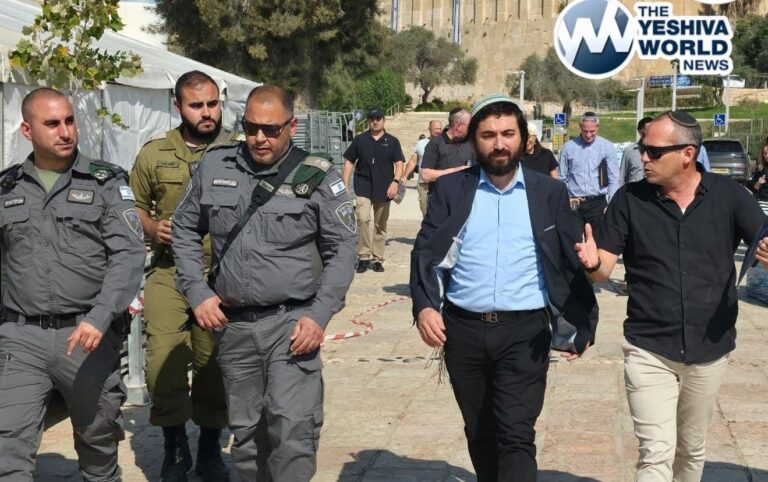Torah Memory Palace began with a simple but stubborn question: Why is it so hard to remember what I learn?
For Heshy Weisz, that question followed him through years in Riverdale Yeshiva, Brisk, and over a decade in Kollel. The learning was strong, but the retention rarely matched the effort. Later, when he entered law school and faced massive closed-book exams, he went searching for real memory tools—and discovered the classical Memory Palace method.
As he trained, he realized something remarkable: this wasn’t a foreign technique at all. In a little-known sefer from 1612, the Lev Ha’aryeh, Rav Aryeh Leib Medini describes this very method under the title Zichron Mekomi, wondering why Torah scholars hadn’t embraced it. With that validation, everything clicked. Sugyos could be converted into structured visual “rooms,” giving the mind a place to store and retrieve every detail.
That idea became the backbone of Torah Memory Palace (TMP). Traditionally, the method of loci means placing a Masechta into a familiar location—your grocery store, your shul, your childhood home—and mentally walking through it. But in TMP, that heavy lifting is already done. Each Masechta is placed inside a professionally designed palace, each room covers ten dafim, and every sugya is represented through clear, carefully structured imagery created by skilled illustrators. Instead of inventing visuals yourself, you simply learn the system and apply it. Your brain’s natural spatial memory takes over, giving you fast, intuitive hooks that make recalling a daf as natural as walking through a place you already know.
Early prototypes showed enormous promise, but the time, cost, and energy needed to build a full program nearly brought the project to a halt. Then the phone rang. Yossi Lieberman of Cedarhurst—a businessman and lawyer who had used the Memory Palace method to get through Harvard (and who also found it through the Lev Ha’aryeh)—reviewed the early materials and said simply: “This has to continue. I’ll sponsor it.” It was the lifeline the project needed.
When Torah Memory Palace launched with the Oraysa learning schedule in January 2025, along with a warm endorsement from Hagaon Rav Yeruchem Olshin shlit”a, Rosh Yeshiva of BMG, the response was overwhelming and came from every corner of Klal Yisroel:
-
Kollel yungeleit using the simanim as “hooks” to recall every detail as they chazer full dafim
-
A Chassidishe yungerman who finished Ta’anis and said, “This is the first time in my life I feel like I know a Masechta.”
-
A senior citizen who finally had a tool to remember in a new way
-
Children and bochurim who struggled to maintain focus but found the visuals kept them engaged and able to recall the structure of each daf.
Emails pouring in from Lakewood, Boro Park, Eretz Yisroel, Louisville, and Johannesburg—different backgrounds, different ages, but the same message: for the first time, I can truly remember my learning
Since then, TMP has released palaces for Megillah, Ta’anis, and Moed Kattan, built a full website and app, created video lessons and interactive activities, and published printed editions on Amazon—bringing the ancient method of loci back into the hands of modern learners.
And now, just in time for Oraysa beginning Seder Nashim this week, Torah Memory Palace is releasing Maseches Yevamos, set entirely in iconic New York City locations.
It is available at no charge at: http://torahmemory.com/
A new palace.
A new Masechta.
And the same mission that began years ago: helping every Yid make his learning unforgettable.












